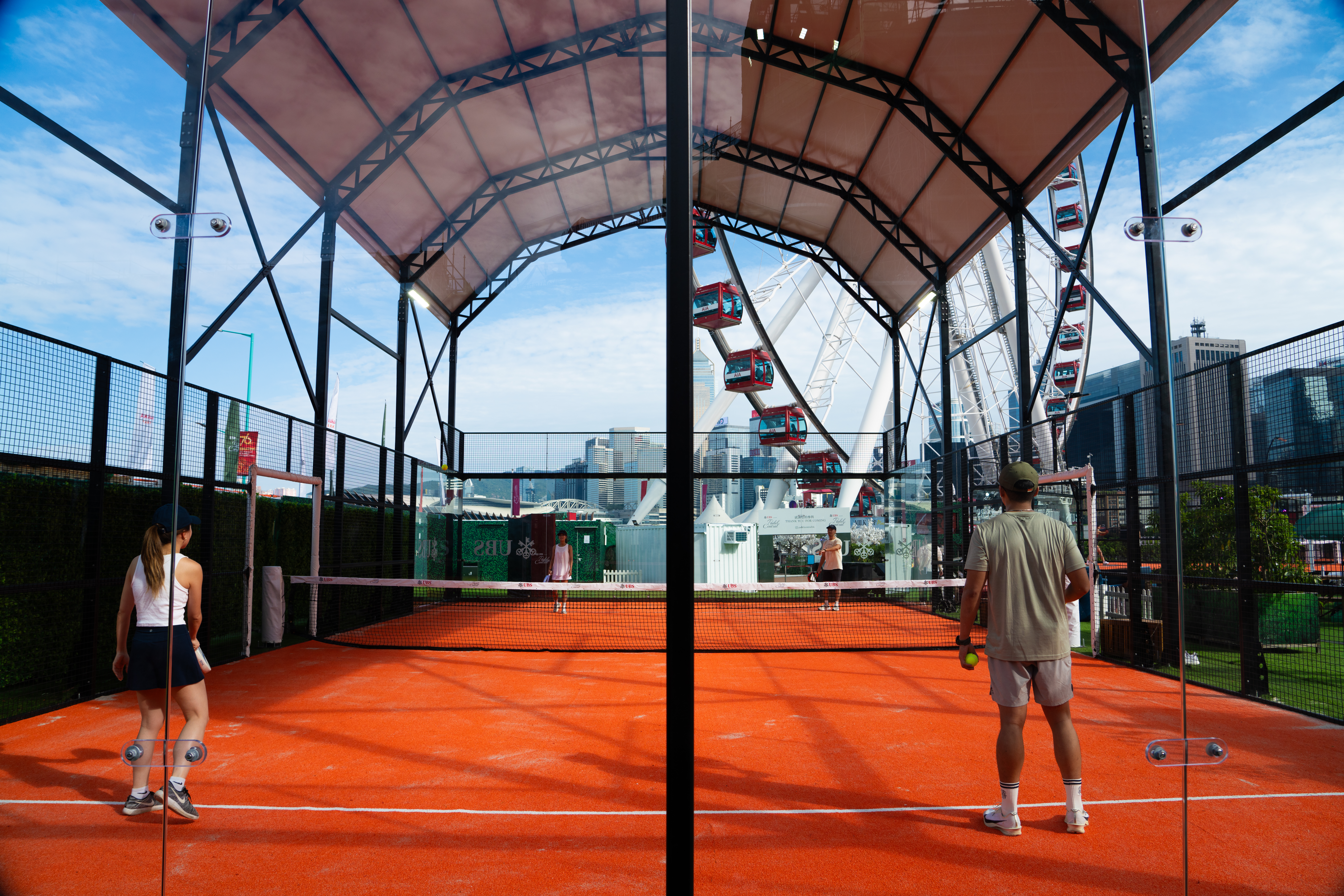The thought of an epidemic, especially at the moment, conjures up images of coughing, sneezing, hand sanitizer, and face masks — squinting and glasses don’t immediately jump to mind.
Yet myopia — the medical term for “short-sightedness” — is said to have reached epidemic proportions worldwide.
And due to a number of factors, the rate of myopia in East Asian countries is disproportionately high. The World Health Organization (WHO) published a bulletin in April 2020 stating that East Asian countries had the highest rates of myopia worldwide, with 75% of the adult population in the region affected.
Glasses wearer Brian Zhang, 28, first realized that he needed them in eighth grade after he couldn’t see the classroom blackboard clearly. “I think I was among the first students to wear glasses in my cohort,” he says. “In my generation, usually students would start needing glasses in middle school.”
Today, he says, it’s a different story. “One of my nephews is already wearing glasses at the age of eight, [and] my niece has also started to wear glasses in elementary school,” Zhang observes. “Myopia in China is definitely skewing younger.”
China has one of the highest childhood myopia rates in the world — over half of the population of minors in 2018, according to official statistics. And rates alarmingly seem to be on the rise — especially amongst students. In 2014, an estimated 80% of secondary school students were nearsighted. In 2018, an official survey also found that 72% of children aged between 12-14 had myopia, in comparison to 58% in 2010.
The skyrocketing cases amongst school children led to President Xi making a statement in 2018, calling myopia “a major issue related to the future of the country, that we must attach great importance to and not allow to develop.”
Myopia is one of the leading causes of visual impairment worldwide, and though it’s corrected easily with a pair of eyeglasses, it can potentially develop into more serious conditions if left untreated. More commonly, it can run rampant, costing hundreds of billions of dollars to an economy in productivity and, in many cases, the opportunities that people can pursue, especially in developing regions of China.
There are many reasons why children may not have access to eyewear, and it isn’t always due to a lack of medical facilities. Sam Waldo, co-founder of eyewear company Mantra, gave us an insight into the social stigma that comes with glasses wearing.
“From our experience, this stigma is that children don’t want to be different from their peers,” he says. “There is tremendous pressure to fit in.” While living in Beijing in 2012, Waldo and co-founder Andrew Shirman created Mantra, a social enterprise that donated a pair of eyeglasses through its buy-one-give-one model, inspired by the shoe brand TOMS.
While working in Yunnan, Waldo observed that “many adults in rural China have a misperception around eyewear — that it actually causes myopia. The thinking is that children who ‘tough it out’ might get better naturally, while students who do wear glasses will grow reliant on them.”

Sam Waldo (center left) with staff and students (source: courtesy Mantra)
He says this stigma, in turn, exacerbates socioeconomic problems in rural China. “For many students in rural China, uncorrected vision issues play a central role in pushing them towards a path that leads to dropping out of school entirely. Without the ability to see clearly in class, it makes everything much more difficult and exacerbates problems that might already be there. Without the ability to see, it is no surprise that so many students fall behind.”
Though genetics are thought to play a role in a predisposition to myopia, research is still ongoing. The consensus among experts is that environmental factors have a more significant impact on myopia.
Dr. Gui-Shuang Ying, at the Centre for Preventive Ophthalmology and Biostatistics at the University of Pennsylvania, has conducted research on the impact of myopia on school children in eastern China. “For now, I believe that environmental factors play a bigger role — especially [in China],” he says, “where children face intense education pressures and don’t spend enough time outside.”
It’s worth noting that myopia rates in China remained relatively low until 1976, when the gaokao — China’s competitive university entrance exam — was reinstated and education opportunities multiplied. With this, rates of myopia began to rise, affecting an estimated 70-90% of high school students.
“Even from elementary school and middle school there is a lot of pressure nowadays,” observes Ying on the trend of children developing myopia at younger ages. “Kids are constantly studying to get good grades and get into the best schools.”
Related:
 Is China’s Infamous Gaokao College Entrance Exam as Scary as it Seems?Article Jun 07, 2018
Is China’s Infamous Gaokao College Entrance Exam as Scary as it Seems?Article Jun 07, 2018
Then there is the obvious culprit — a generation with more access to technology, and therefore more screen time. Studies have shown that a lack of natural light and outdoor activity contributes to short-sightedness, and students’ access to technology means even when young people have the choice to go outside, they will stare at a screen instead.
In light of the Covid-19 pandemic, more use of technology and online learning has seemingly only exacerbated the problem. In August 2020, China’s Ministry of Education reported that the rate of myopia had increased a staggering 11.5% in the first six months of the year alone.
But some feel that there could be upsides. “You might think that the pandemic would exacerbate this problem,” says Waldo, “but it might also provide students studying from home with more flexibility and more options to go outside during the day.”
With more technology, as well as an increasing rate of obesity, officials have at least recognized that there is a need for balance in young people’s lifestyles. Calls by school officials for students to spend more time playing outdoors have been adhered to more frequently, who have in turn introduced new activities like soccer, taekwondo, and basketball to their physical education curriculums. In 2020, there was even an official push to add PE to the gaokao exam.
Related:
 China Might Add PE to the Gaokao and Everyone Hates ItLawmakers are ready to get physical, and may even impose mandatory swimming lessonsArticle May 28, 2020
China Might Add PE to the Gaokao and Everyone Hates ItLawmakers are ready to get physical, and may even impose mandatory swimming lessonsArticle May 28, 2020
But at the rate myopia is increasing, the race to prevent a generation that comes of age with nearsightedness is inexorably tied to education models, and especially the pressure to succeed at the expense of one’s sight.
Many individuals like Zhang feel that a joint effort is needed between schools, parents, and the government to ensure that the next generation will have a clear future ahead of them.
“Whether it’s through policies to reduce academic pressure, or encouraging students to do more diverse after-school activities,” he says, “I think it’s a joint effort. Otherwise it will only continue to get worse.”
Additional reporting: Siyuan Meng
Header image: Minnie Zhou via Unsplash
















